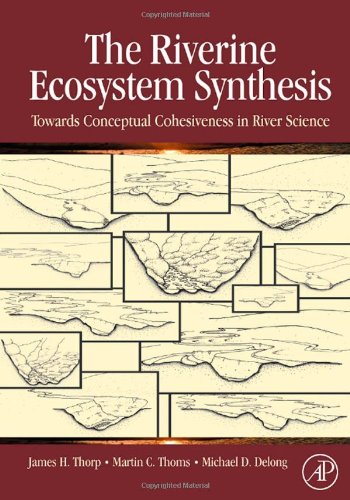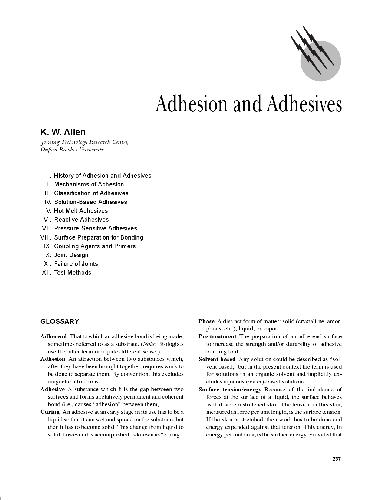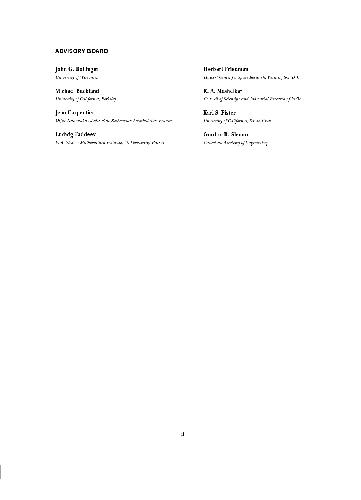James H. Thorp, Martin C. Thoms, Michael D. Delong0123706122, 978-0123706126
Table of contents :
Front Cover……Page 1
The Riverine Ecosystem Synthesis: Toward Conceptual Cohesiveness in River Science……Page 4
Copyright Page……Page 5
Table of Contents……Page 6
Foreword……Page 10
Preface……Page 12
Acknowledgments……Page 16
Conceptual Cohesiveness……Page 18
Organization of this book……Page 19
Hydrogeomorphic patches and functional process zones……Page 21
Ecological attributes of functional process zones……Page 22
Hierarchical patch dynamics……Page 23
Bicomplexity tenets……Page 24
Introduction……Page 26
Longitudinally ordered zonation……Page 27
The river as a continuum – a clinal perspective……Page 28
Hydrogeomorphic patches vs a continuous riverine cline……Page 30
The lateral dimension of rivers – the riverine landscape……Page 32
Temporal dimension: normality or aberration?……Page 34
Vertical dimension: the bulk of the iceberg!……Page 36
Other important riverine concepts……Page 37
Hierarchical patch dynamics model – brief introduction……Page 38
Hierarchy theory……Page 39
Selective spatiotemporal scales……Page 46
The nature of patches and their study in riverine landscapes……Page 47
Element I: nested, discontinuous hierarchies of patch mosaics……Page 49
Element II: ecosystem dynamics as a composite of intra- and interpatch dynamics……Page 50
Element III: linked patterns and processes……Page 51
Element IV: dominance of nonequilibrial and stochastic processes……Page 52
Element V: formation of a quasi-equilibrial, metastable state……Page 53
Metapopulations……Page 54
The RES as a research framework and field applications of hierarchical patch dynamics……Page 55
Introduction……Page 58
The spatial arrangement of riverine landscapes……Page 60
River characterization……Page 62
A characterization scheme for the RES……Page 67
Application of the characterization framework……Page 68
Example 1: rivers within the Murray–Darling Basin……Page 69
Example 2: the rivers of the Kingdom of Lesotho……Page 76
What scale to choose and its relevance to riverine landscapes……Page 80
Summary……Page 84
Introduction……Page 86
Background philosophies and approaches……Page 87
Top-down approaches……Page 90
Bottom-up approaches……Page 97
Comparing top-down vs bottom-up approaches: an example……Page 105
A brief review of functional process zones……Page 107
Confined valley functional process zones……Page 108
Partially confined functional process zones……Page 110
Unconfined functional process zones……Page 111
Summary……Page 118
Introduction……Page 120
Model tenet 1: hydrogeomorphic patches……Page 121
Model tenet 2: importance of functional process zone over clinal position……Page 122
Model tenet 3: ecological nodes……Page 123
Model tenet 4: hydrologic retention……Page 124
Model tenet 5: hierarchical habitat template……Page 125
Model tenet 6: deterministic vs stochastic factors……Page 127
Model tenet 7: quasi-equilibrium……Page 131
Model tenet 8: trophic complexity……Page 132
Model tenet 9: succession……Page 134
Model tenet 10: primary productivity within functional process zones……Page 135
Model tenet 11: riverscape food web pathways……Page 136
Model tenet 12: floodscape food web pathways……Page 140
Model tenet 13: nutrient spiraling……Page 141
Model tenet 14: dynamic hydrology……Page 143
Model tenet 15: flood-linked evolution……Page 144
Model tenet 16: connectivity……Page 145
Model tenet 17: landscape patterns of functional process zones……Page 146
Introduction……Page 150
Model tenet 1: hydrogeomorphic patches……Page 152
Model tenet 2: importance of functional process zone over clinal position……Page 153
Model tenet 3: ecological nodes……Page 156
Model tenet 4: hydrologic retention……Page 157
Model tenet 5: hierarchical habitat template……Page 159
Model tenet 6: deterministic vs stochastic factors……Page 160
Model tenet 7: quasi-equilibrium……Page 161
Model tenet 8: trophic complexity……Page 163
Model tenet 9: succession……Page 165
Model tenet 10: primary productivity within functional process zones……Page 167
Model tenet 11: riverscape food web pathways……Page 168
Model tenet 12: floodscape food web pathways……Page 171
Model tenet 13: nutrient spiraling……Page 172
Model tenet 14: dynamic hydrology……Page 175
Model tenet 15: flood-linked evolution……Page 176
Model tenet 16: connectivity……Page 177
Model tenet 17: landscape patterns of functional process zones……Page 179
Introduction……Page 182
Revisiting hierarchy and scales……Page 183
The relevance of scale in river management……Page 184
Focus on catchment-based approaches to management……Page 185
Prioritization for conservation purposes……Page 186
River assessments and the importance of the functional process zone scale……Page 187
Determining environmental water allocations……Page 192
Summary……Page 194
Concluding Remarks……Page 196
Literature Cited……Page 198
Index……Page 220
Color Plates……Page 226







Reviews
There are no reviews yet.